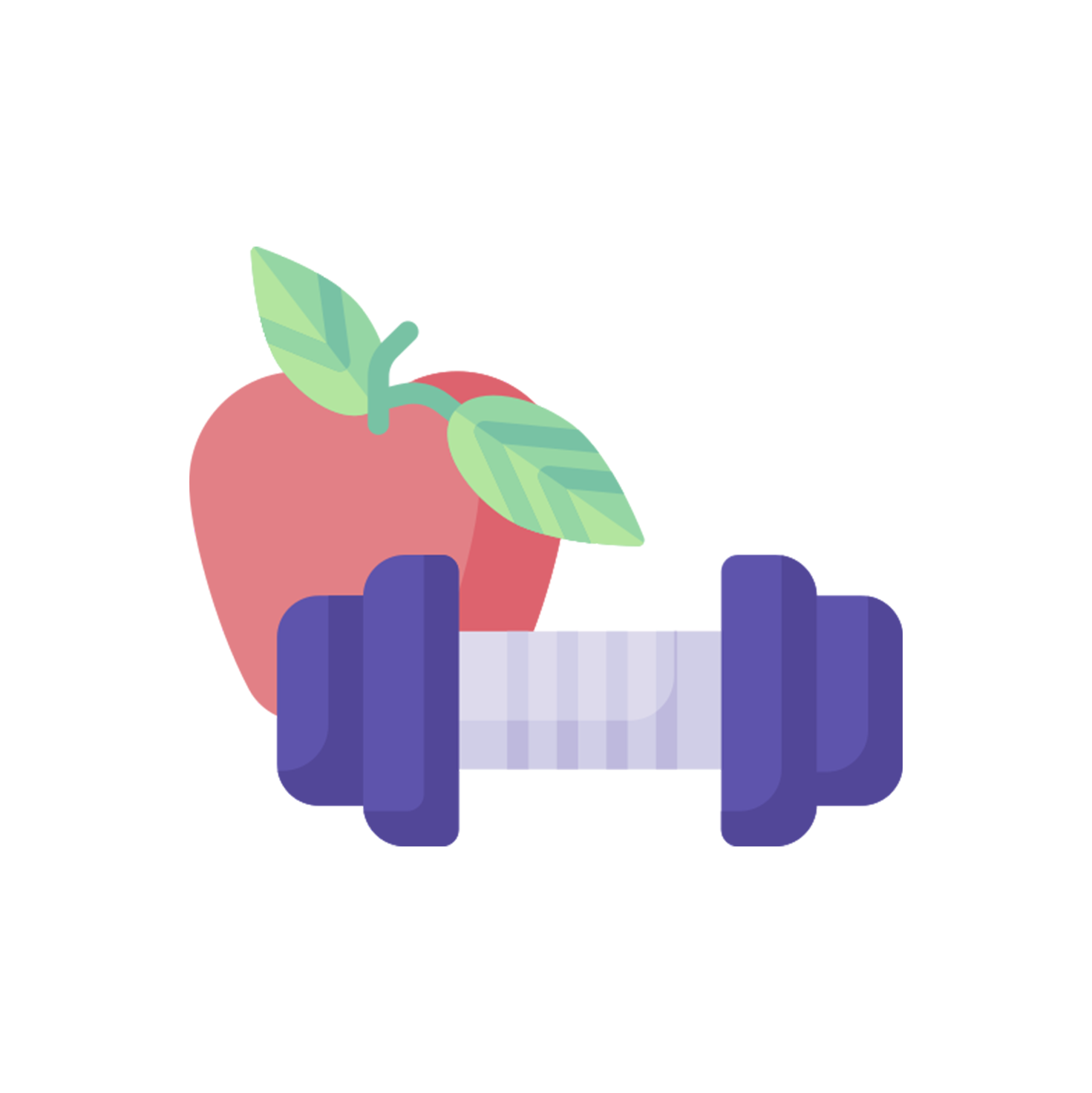Is having a more natural diet part of your New Year’s resolution? If so, you might want to take a look at the following table. You’d be surprised how many additives and chemicals can be found in foods that we eat often. While some of the substances are safe for consumption, some do have adverse health effects.
| Additives / Chemicals |
Can Be Found in |
Safe or Harmful? |
| Monosodium glutamate (MSG) - a food additive used to enhance flavour |
Canned soup, frozen meals, etc. |
As long as there’s no adverse reaction, MSG is safe when consumed in moderation. |
| Acrylamide - a chemical that can form when starchy foods are cooked in high temperature, e.g. fried or roasted |
French fries, toasted bread, roasted potatoes, etc. |
Some animal studies showed that acrylamide resulted in higher cancer risk, but more in-depth studies are needed. |
| Artificial food colouring - used to enhance the appearance of fresh and processed foods |
Mostly processed foods, including canned fruits, popcorn, and peanut butter |
While some believe artificial food colouring may contribute to hyperactivity in kids and that some food dyes may cause cancer, more profound studies are needed to determine the safety of artificial food colouring. |
| Artificial sweeteners |
A wide variety of diet foods and drinks such as soft drinks, baked goods, and fruit juices |
Some artificial sweeteners, e.g. aspartame, may cause such negative side effects as headaches. But they are still generally considered safe if consumed in moderation. |
| Calcium sulfate - an additive used to add hardness to processed foods |
A wide range of foods including cheese, pasta, and tofu |
In large amounts, calcium sulfate may cause intestinal blockage. |
| Sodium Benzoate - a common food preservative to prevent spoilage |
Acidic food products such as sodas, salad dressings, and salsas |
Some regard this preservative as a possible cause of hyperactivity in some children, though more studies are needed. |
These are just some examples of additives and chemicals commonly found in foods. If you want to have more control over what you consume, it would be a good idea to start reading ingredient labels from here on!
Sources:
- The Daily Meal - 19 Chemicals You Didn’t Know Were in Your Food Gallery
- Royal Society of Chemistry - Food Related Periodic Table
- healthline - 12 Common Food Additives — Should You Avoid Them?
- befoodsmart- Calcium Sulfate
- Eat this, not that - 17 Surprising Foods That Contain Chemicals & Food Dyes
- Business Insider - 24 foods that artificial sweeteners are hiding in
- Food Matter - 22 Additives And Preservatives To Avoid
© Cigna Healthcare 2023
Information provided in this article is intended for health and fitness purposes only and is not intended for use in the diagnosis of disease or other conditions, or in the cure, mitigation, treatment or prevention of disease (see Terms & Conditions for details). Any health-related information found in this article is available only for your interest and should not be treated as medical advice. Users should seek any medical advice from a physician, especially before self-diagnosing any ailment or embarking on any new lifestyle or exercise regime. Any information contained in this article may not be suitable, accurate, complete or reliable. Cigna Healthcare accepts no responsibility for the content or accuracy of information contained on external websites or resources, or for the security and safety of using them. "Cigna Healthcare" and the "Tree of Life" logo are registered trademarks of Cigna Intellectual Property, Inc. in the United States and elsewhere, licensed for use. All products and services are provided by or through operating subsidiaries, and not by The Cigna Group.



